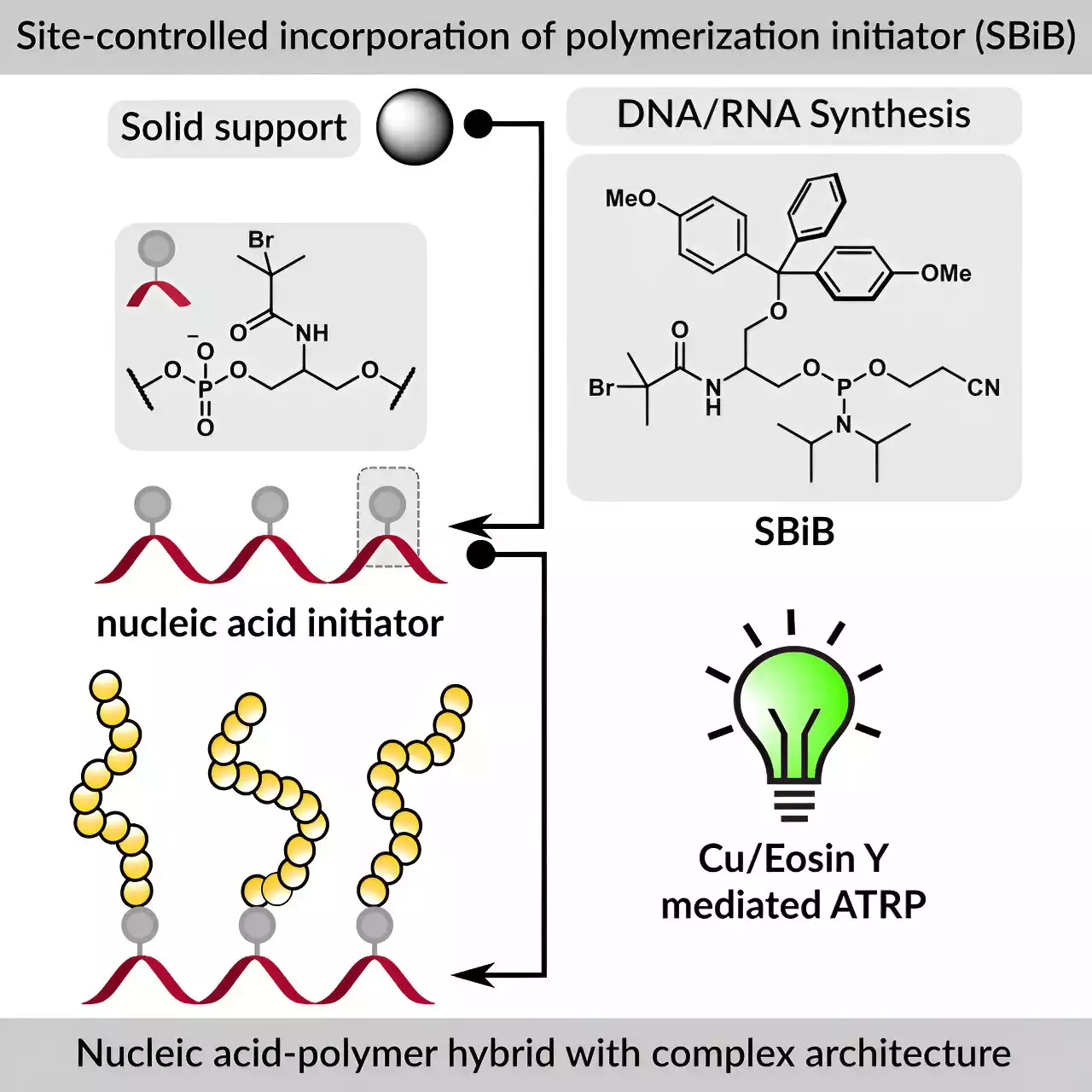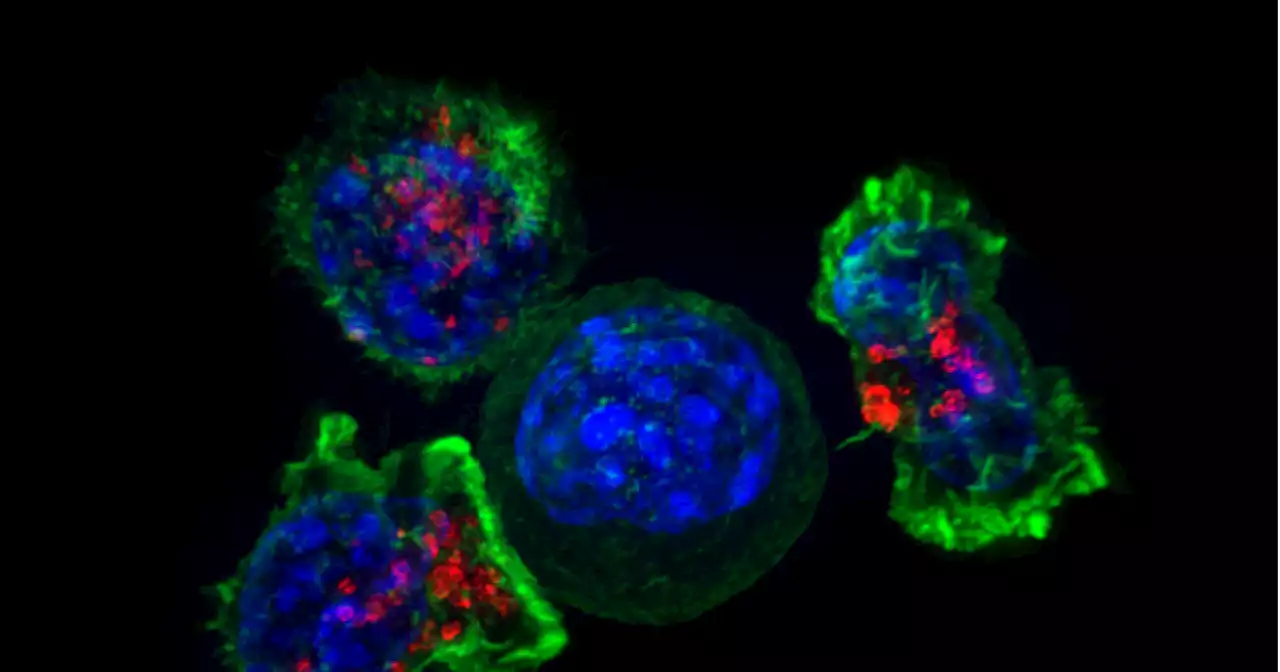A team of scientists developed a new machine learning model for discovering critical-element-free permanent magnet materials based on the predicted Curie temperature of new material combinations.
A team of scientists from Ames National Laboratory developed a new machine learning model for discovering critical-element-free permanent magnet materials. The model predicts the Curie temperature of new material combinations. It is an important first step in using artificial intelligence to predict new permanent magnet materials. This model adds to the team's recently developed capability for discovering thermodynamically stable rare earth materials.
Machine learning is a form of artificial intelligence. It is driven by computer algorithms that use data and trial-and-error algorithms to continually improve its predictions. The team used experimental data on Curie temperatures and theoretical modeling to train the ML algorithm. Curie temperature is the maximum temperature at which a material maintains its magnetism.
According to Mudryk, discovering new materials is a challenging activity because the search is traditionally based on experimentation, which is expensive and time-consuming. However, using a ML method can save time and resources.
United States Latest News, United States Headlines
Similar News:You can also read news stories similar to this one that we have collected from other news sources.
 Researchers discover key functions of plasma membrane–cell wall adhesion in rice and critical genes involvedIn a study published in Nature Plants, a research team led by Prof. Chao Daiyin from the Center of Excellence for Molecular Plant Sciences of the Chinese Academy of Sciences identified a novel protein family in plants named as GAPLESS, and revealed that members of this family mediate the adhesion between the cell wall and the plasma membrane at the Casparian strip (CS), a barrier in the root endodermis. This adhesion plays a critical role in controlling nutrient transport and the growth development of rice.
Researchers discover key functions of plasma membrane–cell wall adhesion in rice and critical genes involvedIn a study published in Nature Plants, a research team led by Prof. Chao Daiyin from the Center of Excellence for Molecular Plant Sciences of the Chinese Academy of Sciences identified a novel protein family in plants named as GAPLESS, and revealed that members of this family mediate the adhesion between the cell wall and the plasma membrane at the Casparian strip (CS), a barrier in the root endodermis. This adhesion plays a critical role in controlling nutrient transport and the growth development of rice.
Read more »
 Researchers develop novel tumor-targeting nanospheres to improve light-based cancer diagnosis and treatmentIn a breakthrough in cancer therapeutics, a team of researchers at the Magzoub Biophysics Lab at NYU Abu Dhabi (NYUAD) has made a significant advance in light-based therapies—biocompatible and biodegradable tumor-targeting nanospheres that combine tumor detection and monitoring with potent, light-triggered cancer therapy to dramatically increase the efficacy of existing light-based approaches.
Researchers develop novel tumor-targeting nanospheres to improve light-based cancer diagnosis and treatmentIn a breakthrough in cancer therapeutics, a team of researchers at the Magzoub Biophysics Lab at NYU Abu Dhabi (NYUAD) has made a significant advance in light-based therapies—biocompatible and biodegradable tumor-targeting nanospheres that combine tumor detection and monitoring with potent, light-triggered cancer therapy to dramatically increase the efficacy of existing light-based approaches.
Read more »
 Researchers develop a new reagent and method to create DNA and RNA polymer biohybridsResearchers in Carnegie Mellon University's Department of Chemistry have developed a reagent that opens new possibilities for creating DNA and RNA-based materials that could be used in ultra-stable and smart sensors for biomedical applications. The work was published on Aug. 22 in the journal Chem.
Researchers develop a new reagent and method to create DNA and RNA polymer biohybridsResearchers in Carnegie Mellon University's Department of Chemistry have developed a reagent that opens new possibilities for creating DNA and RNA-based materials that could be used in ultra-stable and smart sensors for biomedical applications. The work was published on Aug. 22 in the journal Chem.
Read more »
 Cancer-killing T cells are getting help from San Diego researchersPapers from La Jolla Institution for Immunology and UCSD show innovative ways that key immune system fighters can be made stronger, more effective
Cancer-killing T cells are getting help from San Diego researchersPapers from La Jolla Institution for Immunology and UCSD show innovative ways that key immune system fighters can be made stronger, more effective
Read more »
 Researchers: Health evidence against gas and oil is piling up, as governments turn a blind eyeWe are seeing deadly heat and fires circle the world. The Intergovernmental Panel on Climate Change warns we are fast running out of time to secure a liveable and sustainable future. Without emergency action to stop mining and burning fossil fuels, the world faces an unthinkable 2.8℃ temperature rise.
Researchers: Health evidence against gas and oil is piling up, as governments turn a blind eyeWe are seeing deadly heat and fires circle the world. The Intergovernmental Panel on Climate Change warns we are fast running out of time to secure a liveable and sustainable future. Without emergency action to stop mining and burning fossil fuels, the world faces an unthinkable 2.8℃ temperature rise.
Read more »
 Unlocking Seismic Secrets: Researchers Unearth the Mysteries of How Turkey’s East Anatolian Fault FormedA University of Minnesota professor heads an international group of geoscientists investigating earthquake-impacted regions. An international team led by the University of Minnesota Twin Cities has successfully determined the age and formation process of the East Anatolian fault, extending from the
Unlocking Seismic Secrets: Researchers Unearth the Mysteries of How Turkey’s East Anatolian Fault FormedA University of Minnesota professor heads an international group of geoscientists investigating earthquake-impacted regions. An international team led by the University of Minnesota Twin Cities has successfully determined the age and formation process of the East Anatolian fault, extending from the
Read more »
